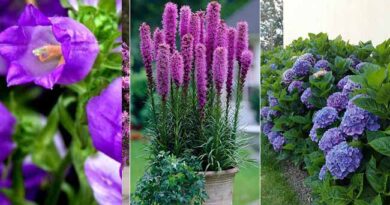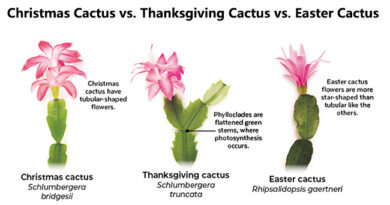22 Beautiful but Most Toxic Plants to Avoid in Your Garden
Plants can be beautiful, but not all of them play nice. Some can heal, some can feed you, and a few can straight-up kill you. I know that sounds dramatic — but trust me, if you’ve got kids, pets, or curious visitors, it’s worth knowing which plants to keep far, far away from your garden.
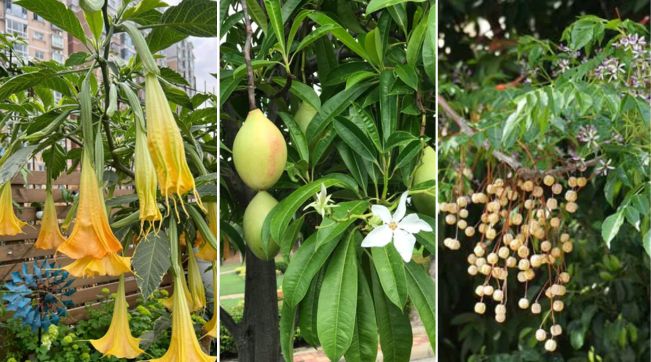
Here are some of the most dangerous plants in the world — the ones you should never grow unless you enjoy living dangerously (or explaining to your cat why it can’t eat the flowers).
1. Angel’s Trumpet
This one looks straight out of a fairytale — huge, bell-shaped flowers that hang down like magical lanterns. But this “angel” plant is more like a trickster. Every single part of it is toxic.
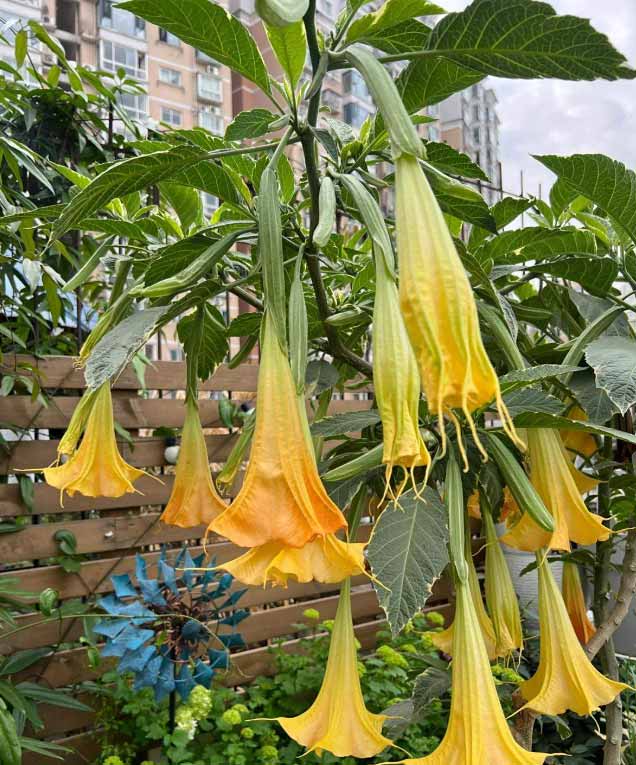
The danger comes from chemicals called scopolamine and atropine. These can cause some seriously scary effects if eaten.
- Hallucinations and confusion.
- Memory loss and muscle paralysis.
- In some cases, it can be deadly.
People once used this plant in old medicine and, um… witchcraft. But honestly, it’s better left to legends than your backyard.
2. Water Hemlock
This plant looks like a wild carrot or celery, which makes it extra sneaky. It grows near water and is one of the most poisonous plants in North America. Just a small bite can be fatal.
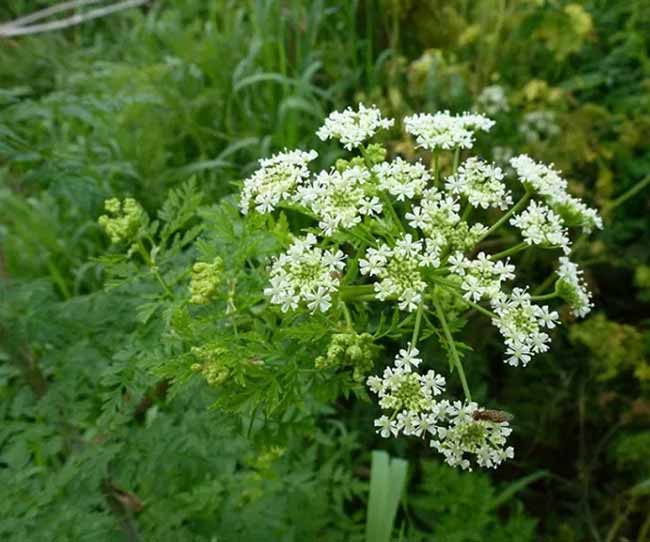
The poison is called cicutoxin, and it’s found in every part of the plant, especially the roots.
- Causes nausea, seizures, and trouble breathing.
- Can lead to death within hours.
- Even a small root piece can be deadly.
Basically, if you see something that looks like a big wild carrot by the river — do NOT pull it up for a snack.
3. Monkshood
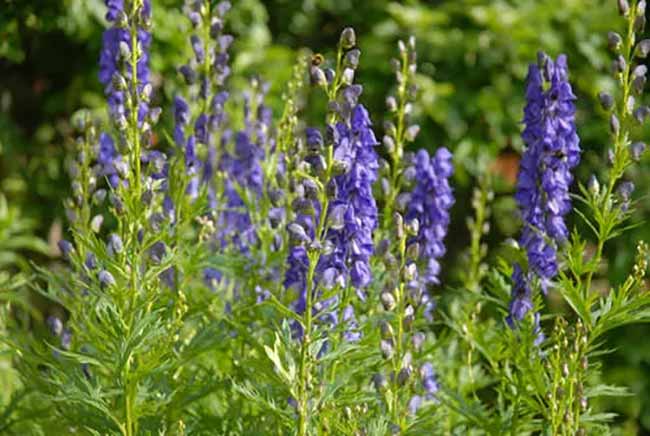
This purple flower looks royal and elegant — which makes its deadly side even more shocking. In old times, people used Monkshood to make poison for hunting and war. Even touching it with bare hands can be risky.
Its toxin, aconitine, gets into your body fast.
- Causes numbness, tingling, and heart failure.
- Can be absorbed through skin — gloves are a must.
- Inhaling or eating it can be instantly fatal.
It’s beautiful but lethal — the true “queen of poison plants.”
4. The Manchineel Tree
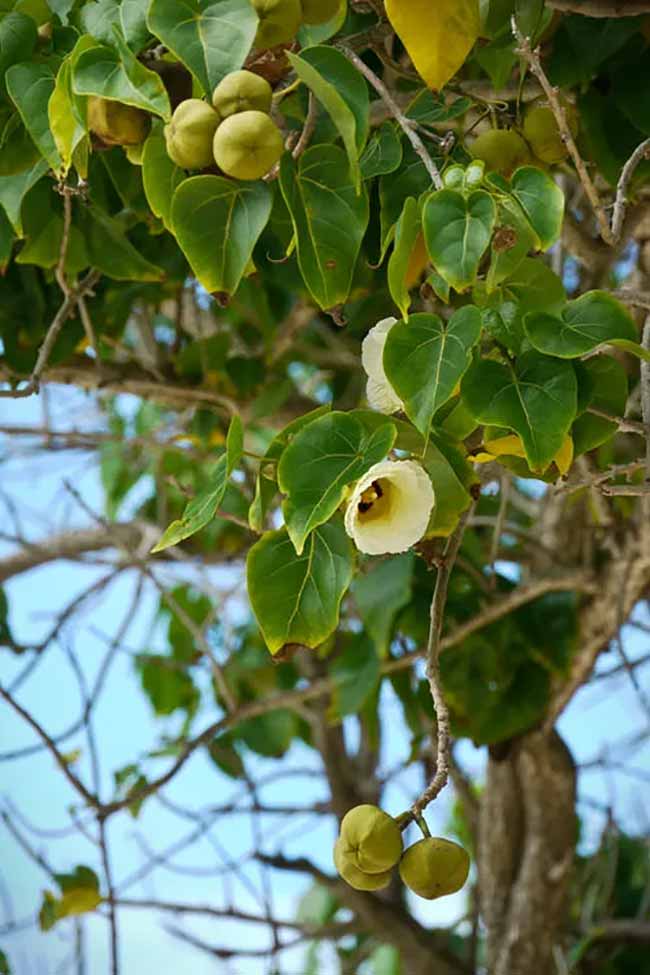
This one wins the title of “world’s most dangerous tree.” It grows in parts of the Caribbean and Central America, and honestly, it looks harmless — green leaves, small fruit that look like tiny apples. Don’t be fooled.
Locals even call it the “Tree of Death.” Every part of it is toxic — the bark, the sap, even the smoke if you try to burn it.
- The fruit starts sweet but then burns your throat — you can’t even swallow.
- The milky sap causes blisters and severe burns on your skin.
- Standing under it during rain can make the sap drip on you and cause serious injuries.
So, if you see a tree with a warning sign that says “Manchineel,” believe it — don’t touch, don’t stand under it, and definitely don’t eat the “apple.”
6. Easter Lily
They look so elegant — white, pure, the perfect Easter decoration. But here’s the scary part: they can kill your cat. I mean, even one bite of a leaf or a lick of pollen can cause kidney failure within hours.
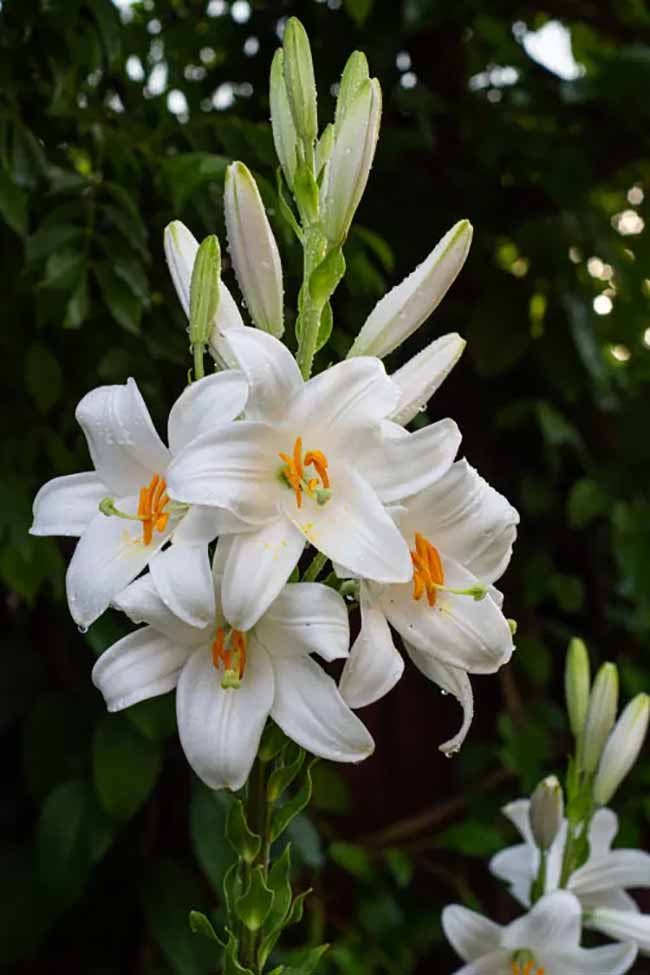
- All parts are toxic to cats — leaves, flowers, even the vase water.
- Symptoms: vomiting, no appetite, and kidney shutdown.
- Get your pet to the vet immediately if they touch one.
Beautiful but deadly — especially if you’ve got furry friends at home. Keep them out of reach or better yet, out of your house entirely.
7. Lily of the Valley
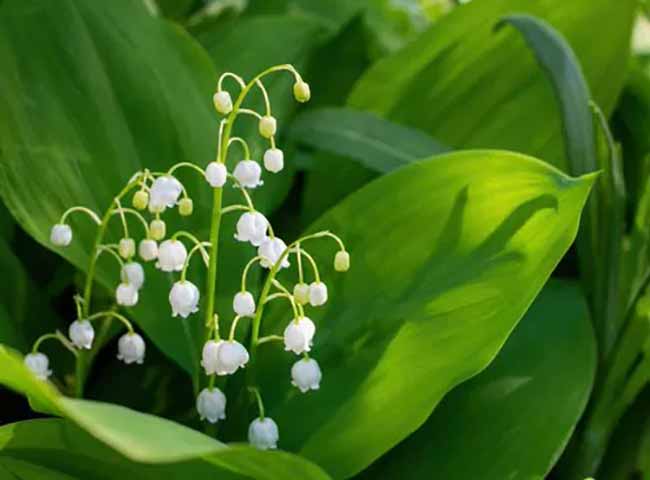
This one looks innocent — tiny white bell-shaped flowers, sweet smell — but don’t let it fool you. It’s like a fairy plant with a dark secret. Every part of it contains chemicals that affect the heart.
- Contains over 35 cardiac glycosides that can stop the heartbeat.
- Symptoms: nausea, irregular pulse, confusion, and even death.
- Touching it too much can also cause skin irritation.
It’s also super invasive — once it’s in your garden, good luck getting it out. Pretty, yes. Worth the risk? Nope.
8. Oleander
Oleander is that one plant you see everywhere — along highways, in public gardens, in sunny backyards. It’s tough and blooms beautifully, but it’s also one of the most poisonous plants in the world.
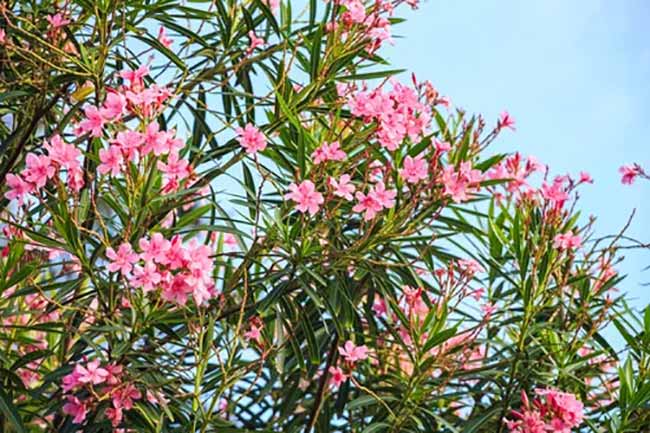
- All parts are toxic — leaves, flowers, stems, even smoke from burning it.
- Eating one leaf can be fatal for a child or a small animal.
- Contains cardiac glycosides that cause heart failure.
I once read that even the fumes from burning oleander branches can make you sick. So yeah, maybe stick to roses for your garden fence.
9. Deadly Nightshade
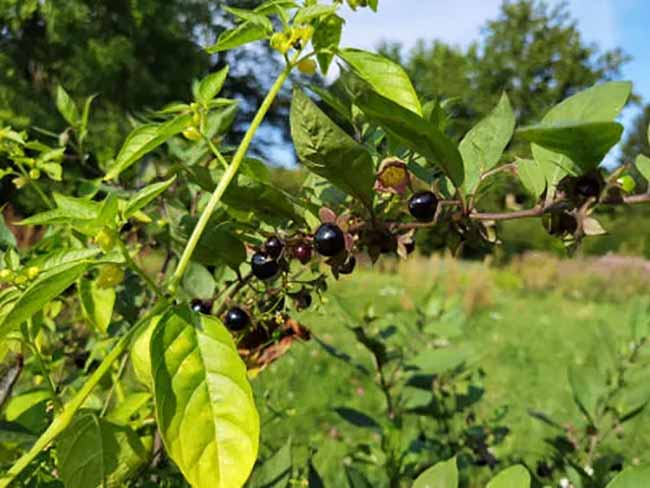
Sounds like something out of a witch’s potion, right? Well, that’s because it kind of is. This plant, also called Atropa belladonna, has been used to make poison for hundreds of years. It’s in the same family as tomatoes and eggplants — but don’t get confused, this one’s no snack.
All parts of the plant — leaves, berries, and roots — are toxic. The dark purple berries might look like wild cherries, but eating them can stop your heart.
- Poison causes dizziness, hallucinations, vomiting, and fast heartbeat.
- Touching the plant with cuts or open skin can cause harm too.
- Even one berry can be deadly for a child.
Pretty, yes. Safe? Not even close. Always wear gloves if you have to handle it.
10. Rosary Pea
The seeds of this plant are beautiful — shiny red with a black dot, like tiny beads. People even make jewelry from them. But inside those cute beads is one of the deadliest poisons on Earth: abrin.
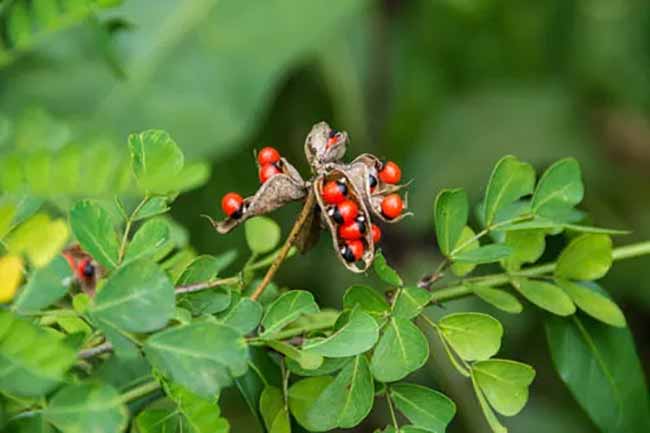
- A single crushed seed can kill an adult.
- Poisoning causes fever, nausea, and breathing problems.
- In severe cases, it leads to organ failure and death within a few days.
If you see jewelry made from these seeds while traveling — admire it from afar. Seriously, it’s not worth it.
11. Giant Hogweed
Looks like a big, fancy version of Queen Anne’s lace, right? Don’t touch it. This plant is so dangerous that it’s illegal to grow in some countries like the UK. The sap causes horrible burns when sunlight hits your skin afterward.
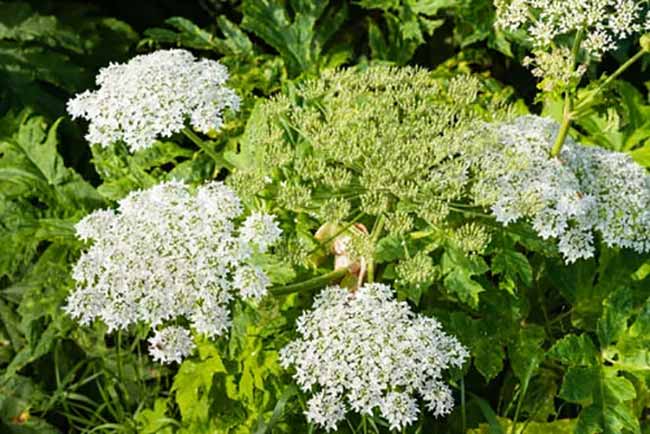
- Causes blisters, scarring, and permanent light sensitivity.
- Can cause blindness if sap gets in the eyes.
- Even brushing against it can trigger a painful rash.
Honestly, even photos of this plant make me itchy. If you see it, call local authorities — don’t try to dig it up yourself.
What to Do if You Touch Giant Hogweed
If you touch Giant Hogweed, wash your skin right away with cold water. The plant’s juice can burn your skin in just 15 minutes.
If you are outside hiking, rinse the spot and then put on some sunscreen so the sun doesn’t make it worse.
Do not use warm or hot water, because it opens your skin and lets more poison in.
If it gets in your eyes, rinse them with cool water, wear sunglasses, and go to the doctor right away.
12. Doll’s Eye
With a name like that, you already know it’s creepy. The berries look exactly like tiny white eyeballs with black pupils — and yes, they’re as deadly as they look.
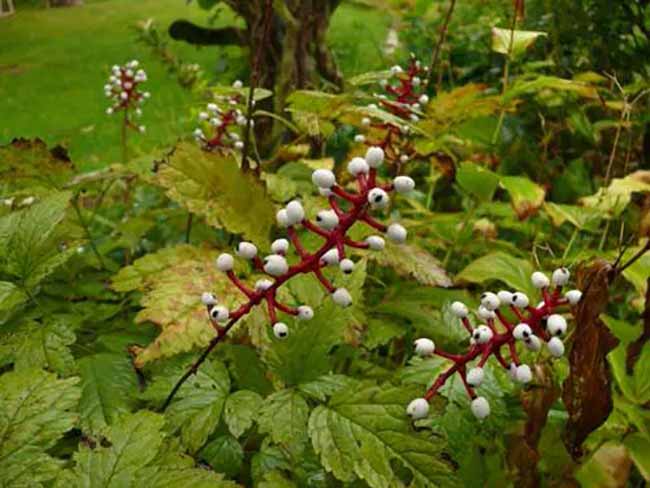
- Contain toxins that affect heart muscles.
- Just one berry can cause cardiac arrest in humans.
- Oddly, birds can eat them safely — go figure.
I’m all for spooky plants, but this one takes it too far. Best admired from pictures only.
13. Gympie Gympie
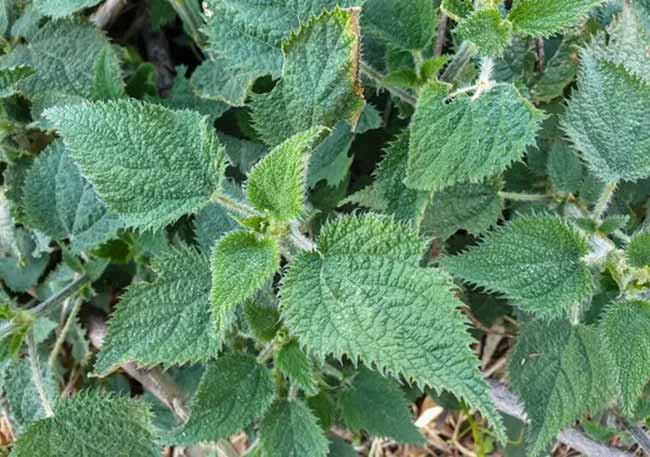
From Australia (of course it’s from Australia), this plant looks harmless and fuzzy — but it’s covered in tiny needle-like hairs that inject one of the most painful toxins known to humans.
- Causes intense pain that can last for months — yes, months.
- Even standing near it can make your eyes and nose sting.
- Some people have needed hospital treatment just from brushing past it.
The sting is said to feel like being electrocuted and burned at the same time. And it can trigger panic attacks or shock. Definitely not something you want near your backyard.
14. Tansy
Tansy was once used as an herb in old medicine recipes — but people quickly found out it’s dangerous. The plant looks cheerful with its little yellow button flowers, but it hides a toxic chemical called thujone.
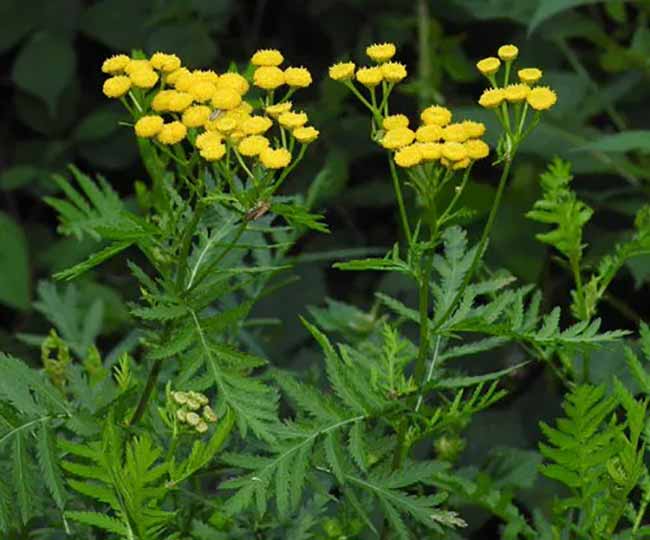
- Even small doses of tansy oil can kill a person.
- Tea made from it has poisoned people before.
- Symptoms include weakness, confusion, and liver failure.
Today, some folks still grow it for decoration, but if you’ve got pets or kids, maybe skip it. There are safer yellow flowers out there.
15. Rhododendron & Azalea
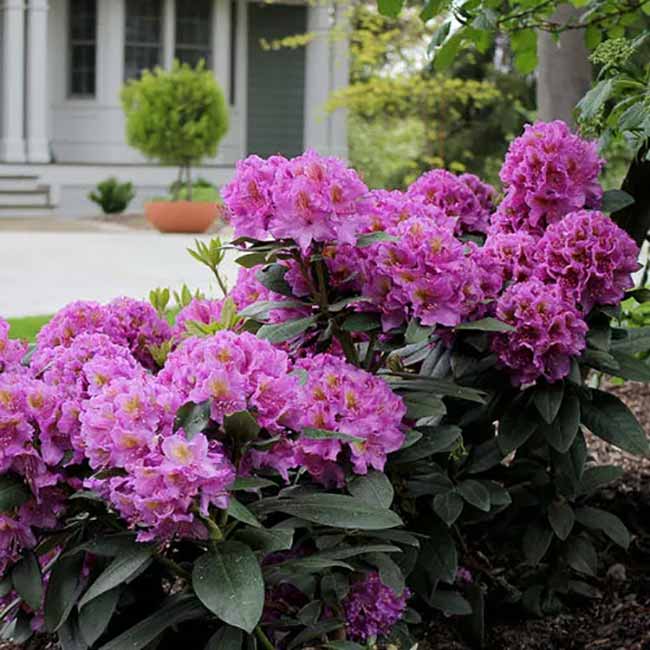
These plants are stunning — pink, purple, and totally Instagram-worthy. But don’t let their beauty fool you. Rhododendrons and azaleas hide a dangerous secret. Eating even one leaf can make you very sick.
They contain something called grayanotoxins — a fancy word for poison that can cause big trouble for your body.
- Symptoms start with nausea, vomiting, and weakness.
- Then come dizziness, trouble breathing, and heart problems.
- In bad cases, it can lead to paralysis, coma, or death.
If you’ve got kids or pets who love to explore and chew, it’s best to admire these flowers from afar — or just scroll past them online instead of planting them.
16. Suicide Tree
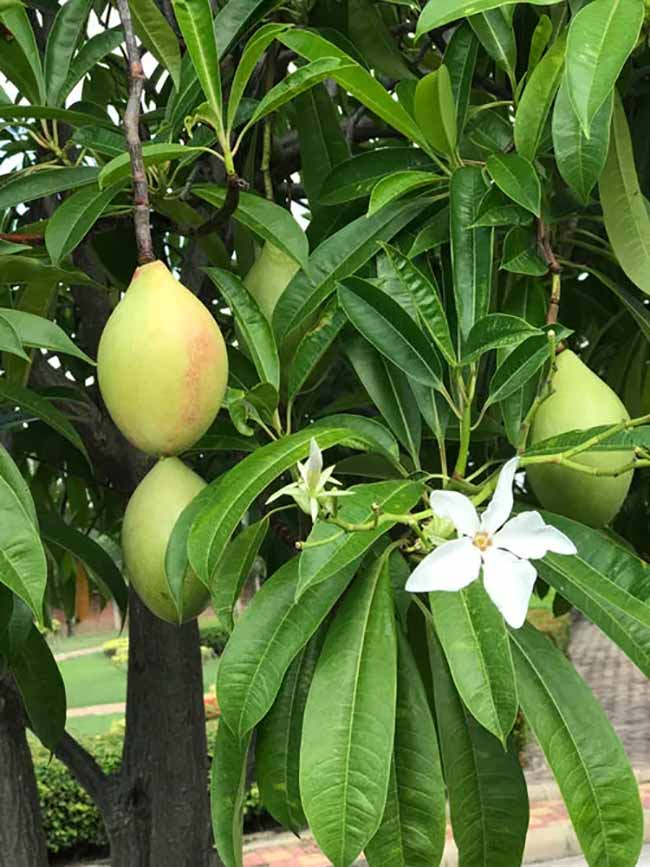
The name says it all. The Cerbera odollam tree — also called the “Suicide Tree” — grows in parts of India and Southeast Asia. Sadly, it’s been used in both suicides and murders because its poison is almost impossible to detect.
The seeds are the dangerous part. Just one or two crushed into food can kill an adult.
- Symptoms: stomach pain, vomiting, slow heartbeat, and confusion.
- The toxin, called cerberin, attacks your heart.
- Death can come slowly and painfully.
Beautiful trees, yes — but with a deadly story. Nature can be both powerful and cruel.
17. Castor Bean Plant
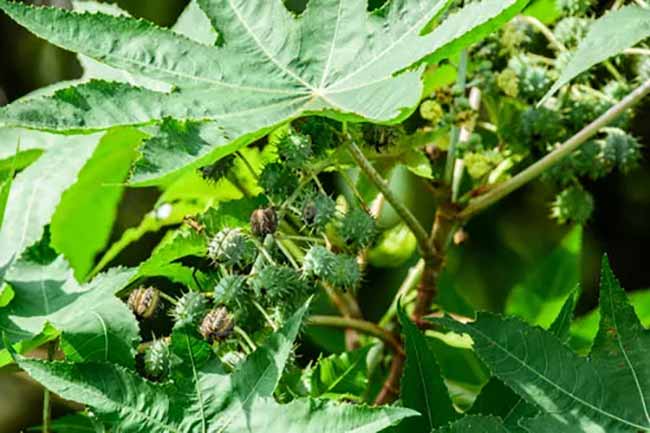
You might know castor oil — the kind used in medicine or cosmetics. But the plant it comes from? Yikes. Ricinus communis, or the Castor Bean plant, makes seeds that contain ricin — one of the most dangerous poisons in the world.
- Chewing even one bean can kill a child.
- Poisoning causes fever, nausea, vomiting, and organ failure.
- Death can occur within days if untreated.
Hard to believe something so ornamental could be so deadly. So if you see those shiny seed pods, maybe just… don’t touch.
18. Larkspur
So cheerful-looking, with its tall blue and purple flowers — yet so deadly. Larkspur is dangerous for both humans and animals. Livestock in the U.S. die from eating it every year.
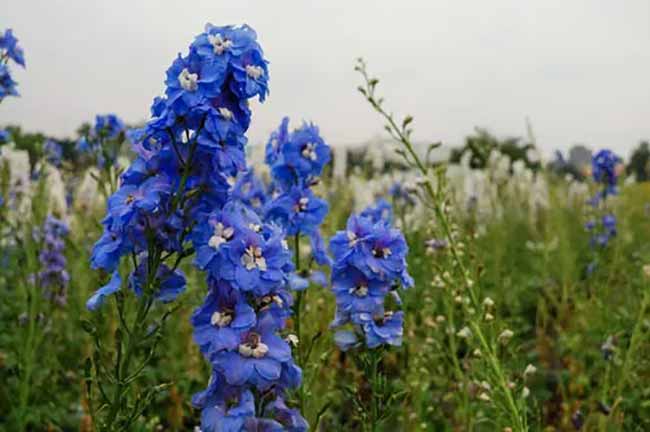
- Contains toxic alkaloids that affect muscles and nerves.
- Causes shaking, paralysis, and breathing problems.
- Death can occur if too much is eaten.
It’s one of those plants that look too perfect to be real — but trust me, nature put a warning label on this one for a reason.
19. Foxglove
Foxgloves are tall and elegant with colorful bell-shaped flowers — but they’re no harmless beauty. Every part of the plant is toxic, from roots to petals.
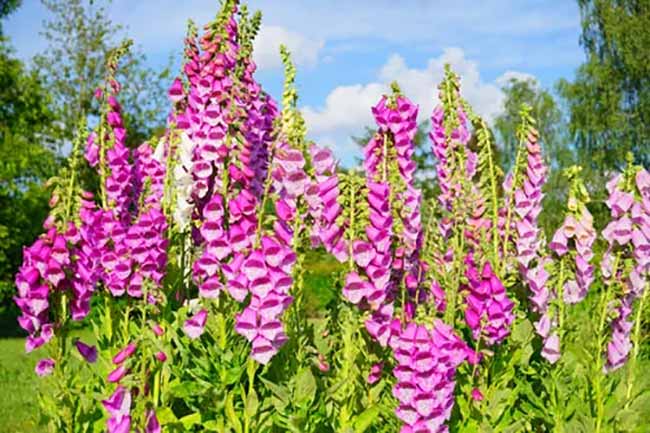
- Contains digitalis — a chemical that affects the heart.
- Eating even a small piece can cause irregular heartbeat, confusion, and death.
- Even touching the plant and then rubbing your eyes or mouth can poison you.
Doctors actually use tiny, controlled doses of this toxin in medicine — but in the garden, there’s no safe dose. Wear gloves or, better yet, skip it altogether.
20. Chinaberry Tree
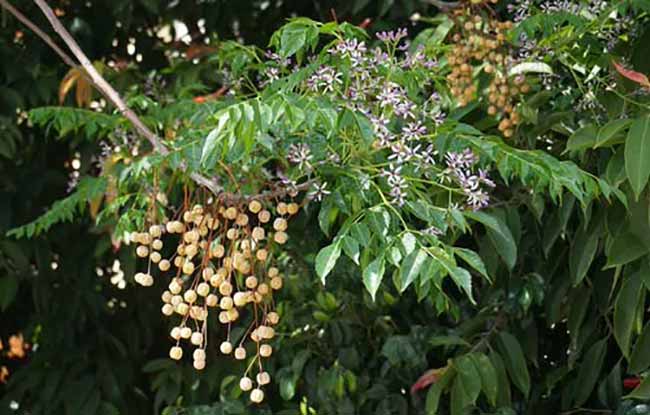
Also called Melia azedarach, this tree looks lovely with its lilac-like flowers and round yellow berries. But those berries? Deadly. Eating just a few can kill a person.
- Contains toxins called meliatoxins.
- Causes nausea, confusion, and seizures.
- 5–6 berries are enough to be fatal to a human.
Birds can eat them without harm (lucky them), but for us — best to admire from a distance.
22. Tobacco
Everyone knows tobacco can be harmful when smoked — but did you know the plant itself is poisonous too? The leaves contain nicotine and anabasine, both deadly if eaten raw.
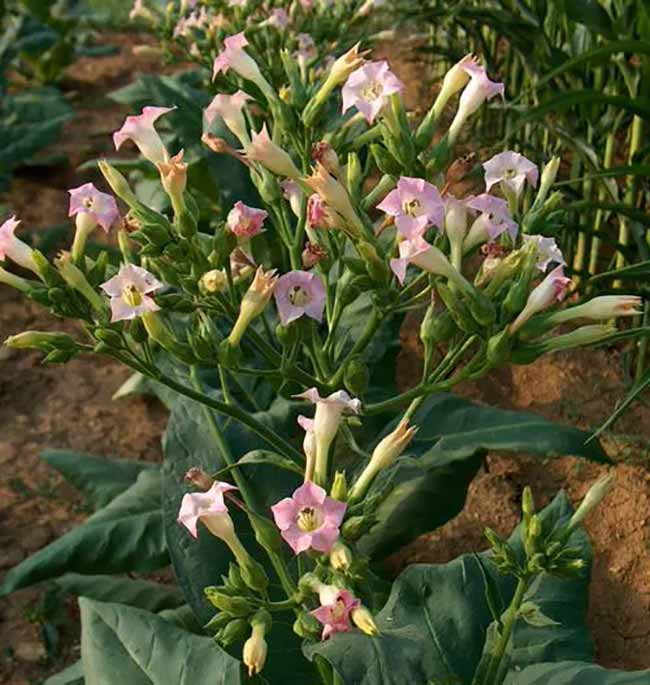
- Causes vomiting, sweating, fast heartbeat, and seizures.
- Too much can lead to paralysis or death.
- Even touching large amounts can make you dizzy or sick.
So yeah — smoking isn’t the only danger here. Growing or chewing the raw plant is just as bad, maybe worse.
Final Thoughts
So there you have it — twenty of the most dangerous plants on Earth. They may be beautiful, rare, or even popular in gardens, but they remind us that nature doesn’t mess around. Some of the prettiest flowers hide the deadliest secrets.
If you’ve got kids, pets, or just bad luck with curiosity, maybe stick to sunflowers and mint. They’ll smell great, look pretty, and won’t send you to the hospital.

